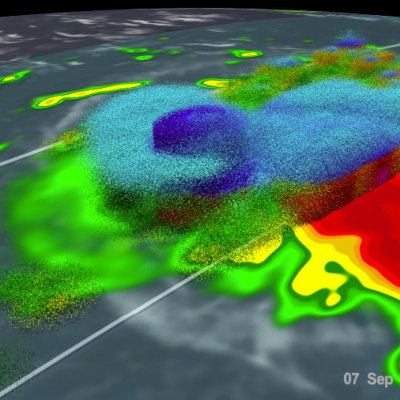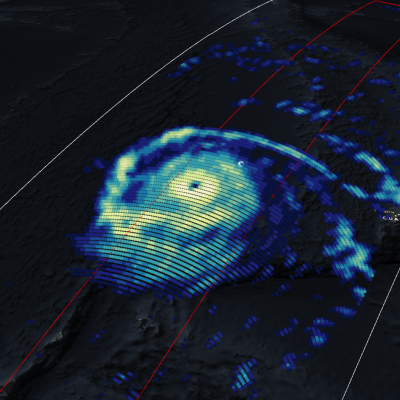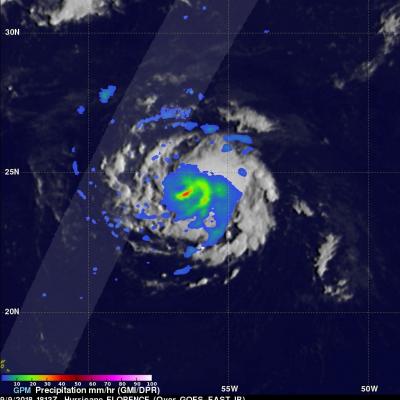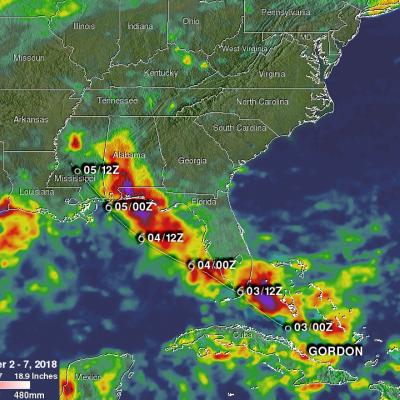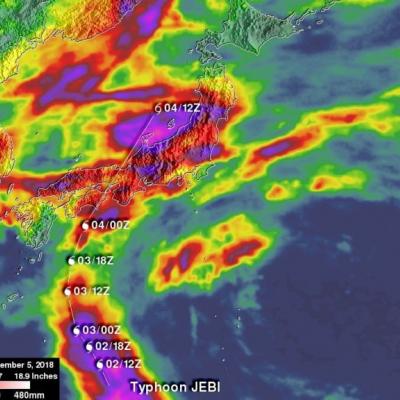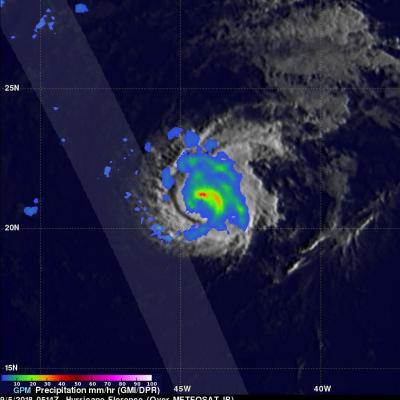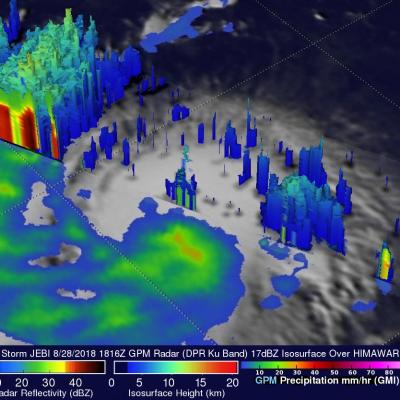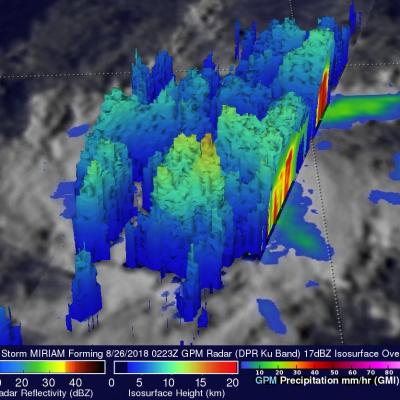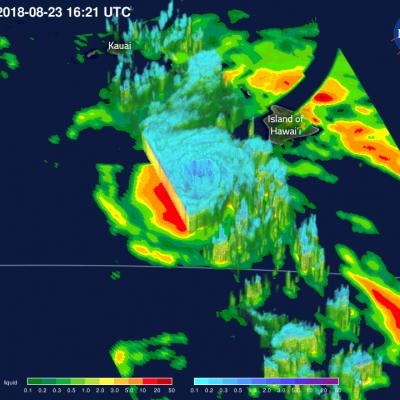GPM Views Super Typhoon Mangkhut Moving Towards the Coast of China
View Fullscreen in STORM Event Viewer A day after rolling through the southern Mariana Islands, causing wind and water damage to Guam and other nearby islands, Mangkhut has intensified into a Category 4 Super Typhoon with winds of 135 knots. With favorable conditions and the warm waters of the Philippine Sea, it is expected to maintain much of this intensity as it continues to track west-northwestward. Currently models anticipate Mangkhut to pass between the Phillipines and Taiwan, weakening slightly due to interaction with the two islands, before continuing toward the Southeastern Chinese


